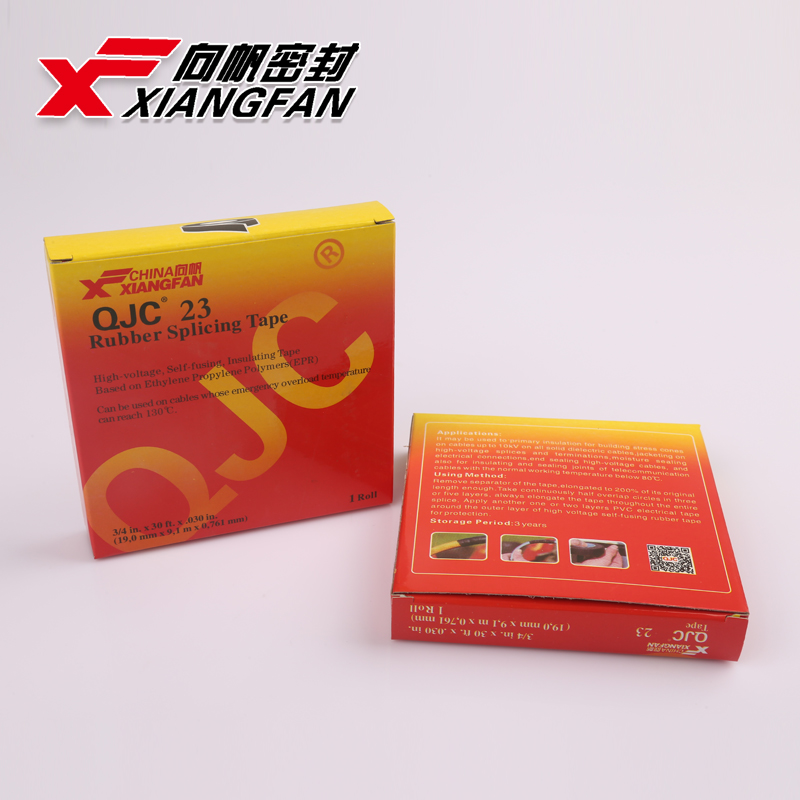Understanding Car Wire Harness Wrap Importance and Techniques
In the automotive world, the wire harness plays a crucial role in the electrical system of a vehicle. A wire harness is essentially a bundled collection of wires and connectors that transmit electrical power and signals throughout the car. To protect these wiring systems from environmental factors, wear and tear, and interference, car wire harness wrap comes into play. This article explores the significance of wire harness wrap, its types, and the right techniques for application.
The Importance of Wire Harness Wrap
The primary purpose of wire harness wrap is to provide insulation to the wires and connectors. Cars are subjected to various elements such as heat, moisture, chemicals, and physical abrasion. When left unprotected, wires can become damaged, leading to short circuits, electrical failures, or even fire hazards. Wraps offer an additional layer of security, ensuring that the wiring maintains its integrity under challenging conditions.
Furthermore, wire harness wrap can reduce noise and electromagnetic interference. In high-performance vehicles or cars equipped with advanced technology, electromagnetic interference can disrupt electronic signals, leading to malfunctions. Using appropriate wrapping materials helps mitigate this issue, ensuring a consistent and reliable flow of electrical power and signals.
Types of Wire Harness Wrap
There are several types of wire harness wraps, each designed for specific applications and environments
. Understanding these variations can help you choose the right wrap for your vehicle's electrical system.1. Vinyl Electrical Tape This is one of the most common materials used for wrapping wires. It’s durable and resistant to moisture, making it ideal for automotive applications. However, it can be difficult to remove and leaves behind adhesive residue, which can complicate repairs.
2. Heat Shrink Tubing This type of wrap is used to protect soldered or joined wires. When heat is applied, the tubing shrinks, forming a tight seal around the wires. It offers excellent insulation and is resistant to moisture, heat, and chemicals. However, it requires precise application and tools for heat activation.
3. Fabric Tape Made from woven fabric, this tape is flexible and easy to apply. It’s commonly used in automotive wiring because it allows for breathability and prevents the wires from overheating. Fabric tape is ideal for applications where aesthetics are also a concern, as it tends to look neater than plastic alternatives.
car wire harness wrap

4. Silicone Tape This type of wrap is self-fusing and requires no adhesive. It bonds to itself when wrapped around wires, creating a waterproof and airtight seal. Silicone tape is extremely resistant to extreme temperatures and can be an excellent choice for high-performance vehicles.
5. Braided Loom This is typically used for bundling multiple wires together. The braided design allows for flexibility and easy installation while providing a degree of protection against abrasions. It is often used in combination with other types of wraps for optimal protection.
Application Techniques
Applying wire harness wrap may seem straightforward, but following the right techniques is essential for effective protection and maintenance of your vehicle's wiring system.
1. Clean the Wires Before application, ensure that the wires are clean and free from dirt, grime, or oil. This ensures that the wrap adheres properly and provides maximum protection.
2. Choose the Right Material Depending on the environment where the wires will be exposed, select the wrapping material that best suits your needs. Consider factors such as moisture, abrasion, and heat resistance.
3. Wrap Tightly but Not Too Tight When applying the wrap, ensure it is snug enough to provide protection but avoid excessive tension, which could damage the insulation on the wires.
4. Overlap the Wrap It’s crucial to overlap the wrapping material by about half its width as you go along the wire. This ensures complete coverage and helps prevent any exposed areas that could lead to potential damage.
5. Secure the Ends Once you've finished wrapping, secure the ends of the harness using electrical tape, zip ties, or heat shrink tubing to prevent the wrap from unraveling.
In conclusion, car wire harness wrap is an essential component in maintaining the health and safety of a vehicle's electrical system. By choosing the right materials and applying them correctly, vehicle owners can ensure that their wiring is protected from environmental factors and potential hazards, ensuring reliability and longevity in performance. Whether you're maintaining an old classic or customizing a modern ride, investing in quality wire harness wrap is a decision that pays off in the long run.
-
XIANGFAN Rubber Tape-Ultimate Solutions for All Your Insulation NeedsNewsJun.24,2025
-
XIANGFAN Rubber Tape-Protection for Industrial and Residential ApplicationsNewsJun.24,2025
-
XIANGFAN Rubber Tape: Superior Safety and Sealing for Demanding EnvironmentsNewsJun.24,2025
-
XIANGFAN Rubber Tape: Reliable Solutions for Every Electrical ChallengeNewsJun.24,2025
-
XIANGFAN Electrical & Industrial Tape: Powering Reliability Across IndustriesNewsJun.24,2025
-
XIANGFAN Electrical & Industrial Tape: Excellence in Every ApplicationNewsJun.24,2025
